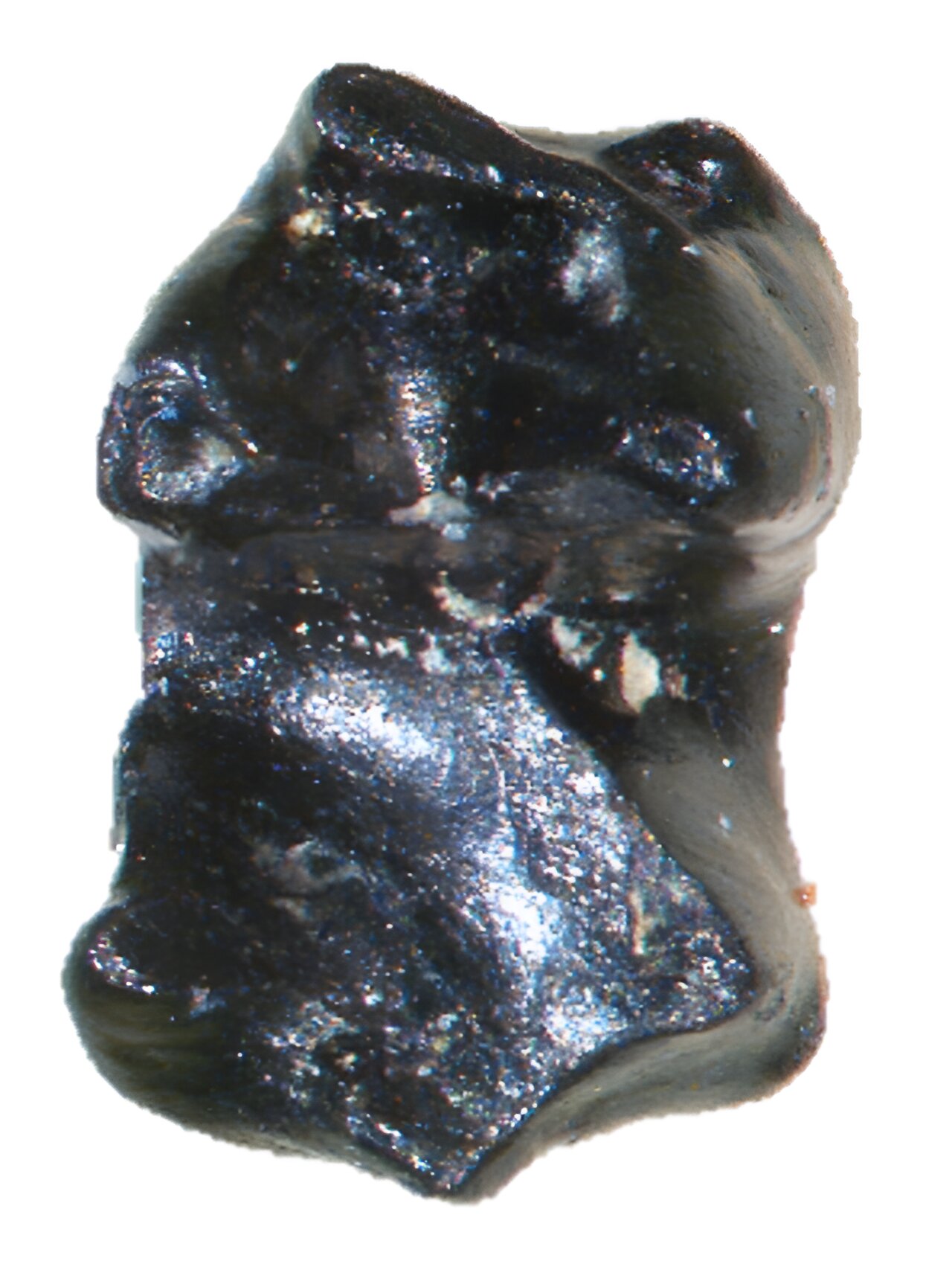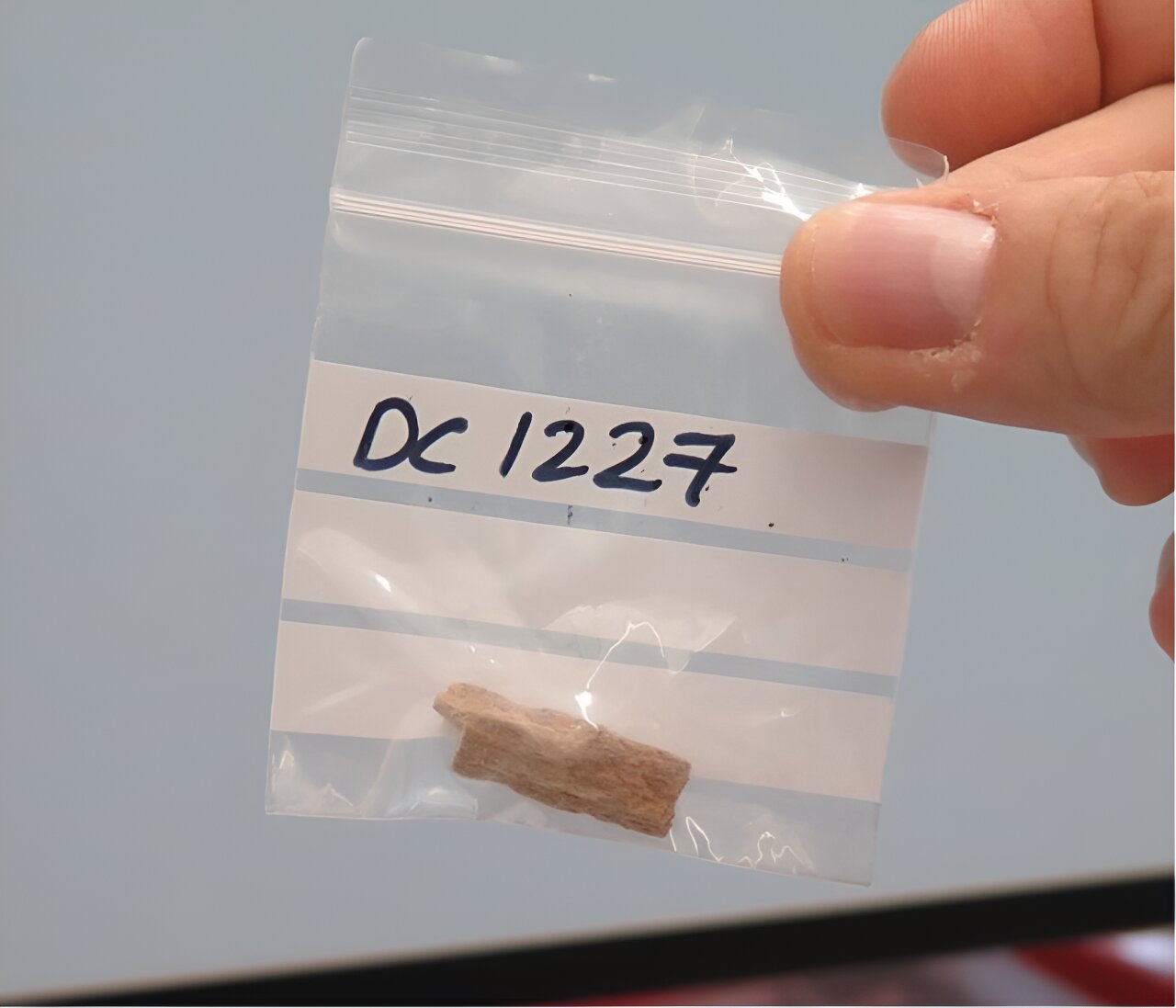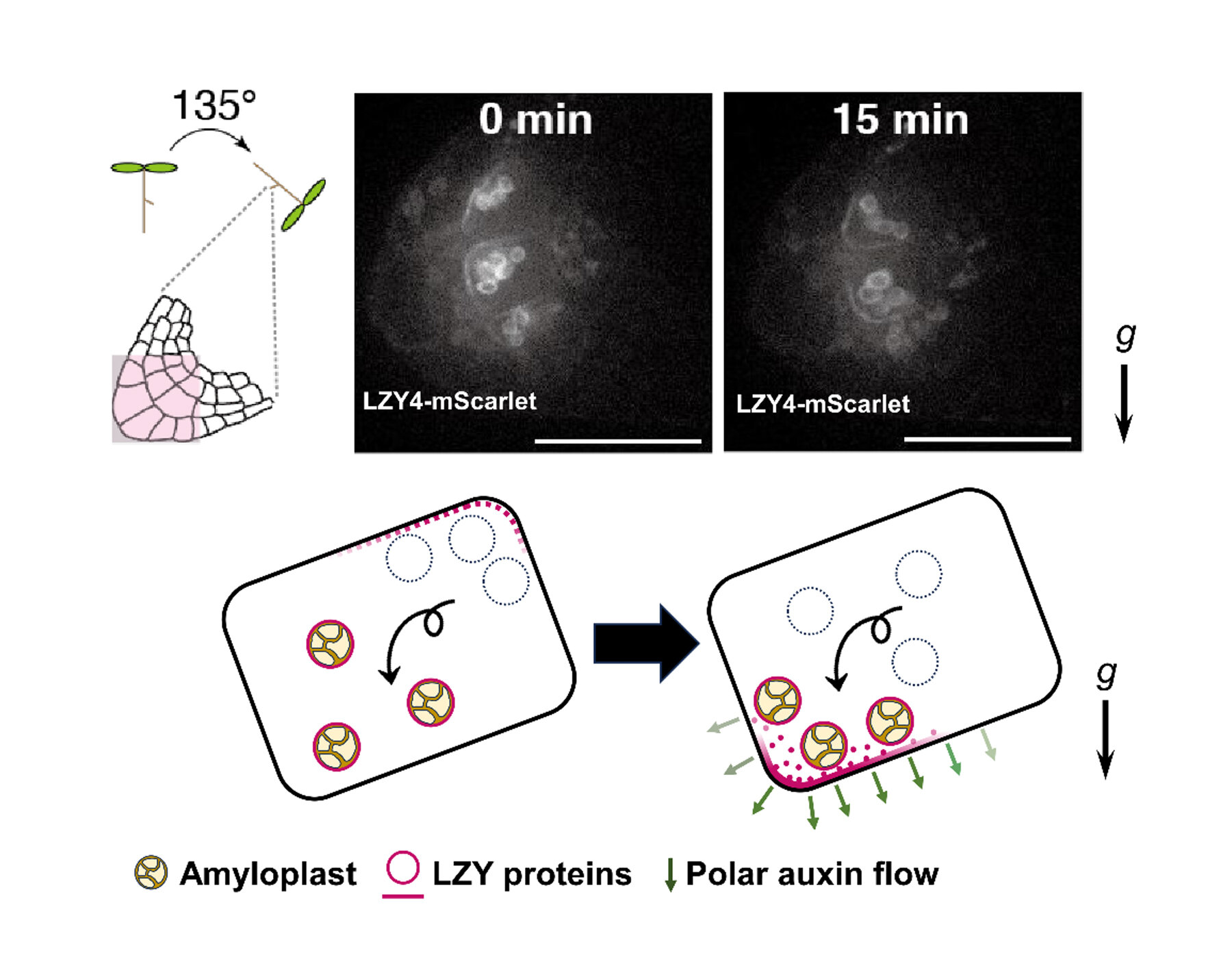Paleontologists working in northern Alaska have made an incredible discovery – a tiny fossil mammal that thrived in what may have been among the coldest conditions on Earth about 73 million years ago. This remarkable find sheds light on the ancient Arctic ecosystem and the ability of animals to adapt to extreme environments.
The researchers, led by Jaelyn Eberle of the University of Colorado Boulder, described the Late Cretaceous animal in a study published this month in the Journal of Systematic Palaeontology. They named it Sikuomys mikros, derived from the Iñupiaq word “Siku” meaning “ice,” and the Greek words “mys” and “mikros” meaning “mouse” and “little.” This fitting name reflects the small size of the creature, which weighed only 11 grams, less than an empty aluminum soda can.
Despite its size, the ice mouse, belonging to the now-extinct family of mammals called Gypsonictopidae, lived year-round in northern Alaska, enduring freezing temperatures and up to four months of complete darkness during the winter. Unlike other animals that hibernate, these tiny creatures remained active, burrowing under leaf litter or underground and feeding on insects and worms.
Discovering the fossilized remains of the ice mouse was no easy task. The researchers identified the new species from just a few tiny teeth, each about the size of a grain of sand. However, their persistence paid off, providing valuable insights into the ancient Arctic ecosystem.
“Seventy-three million years ago, northern Alaska was home to an ecosystem unlike any on Earth today,” said study co-author Patrick Druckenmiller, director of the University of Alaska Museum of the North. “It was a polar forest teeming with dinosaurs, small mammals, and birds. These animals were adapted to exist in a highly seasonal climate that included freezing winter conditions, likely snow, and prolonged darkness.”
Venturing north
Exploring the ends of the Earth is no simple feat. The team of researchers, including paleontologists from the University of Alaska Fairbanks and Florida State University, unearthed the fossils from sediments along the banks of the Colville River, near Alaska’s northern coast. The site, known as the Prince Creek Formation, is so remote that the team must travel by snowmobile or bush plane from Deadhorse, Alaska, a journey of approximately 75 miles.
“Our team’s research is revealing a ‘Lost world’ of Arctic-adapted animals,” said Gregory Erickson, a co-author of the study from Florida State University. “Prince Creek serves as a natural test of these animals’ physiology and behavior in the face of drastic seasonal climatic fluctuations.”
Unlike dinosaurs, which left behind large bones, the only fossils remaining from the region’s mammals are a few teeth and fragments of jaws. To recover these precious specimens, the researchers collect buckets of dirt from the riverbanks and meticulously sift through them in the lab.
The ice mouse’s small size presents an intriguing mystery. While most mammals tend to grow larger in cooler climates, the ice mouse and its relatives followed the opposite pattern. Related species found thousands of miles to the south were three to five times larger than Sikuomys mikros. The researchers believe that the ice mouse’s small size was due to limited food availability during the harsh Alaskan winters.
It is speculated that Sikuomys mikros may have spent the cold months underground, which could have been a blessing in disguise. Burrowing mammals may have had a better chance of surviving the catastrophic conditions that followed the meteorite crash that wiped out the dinosaurs 66 million years ago.








